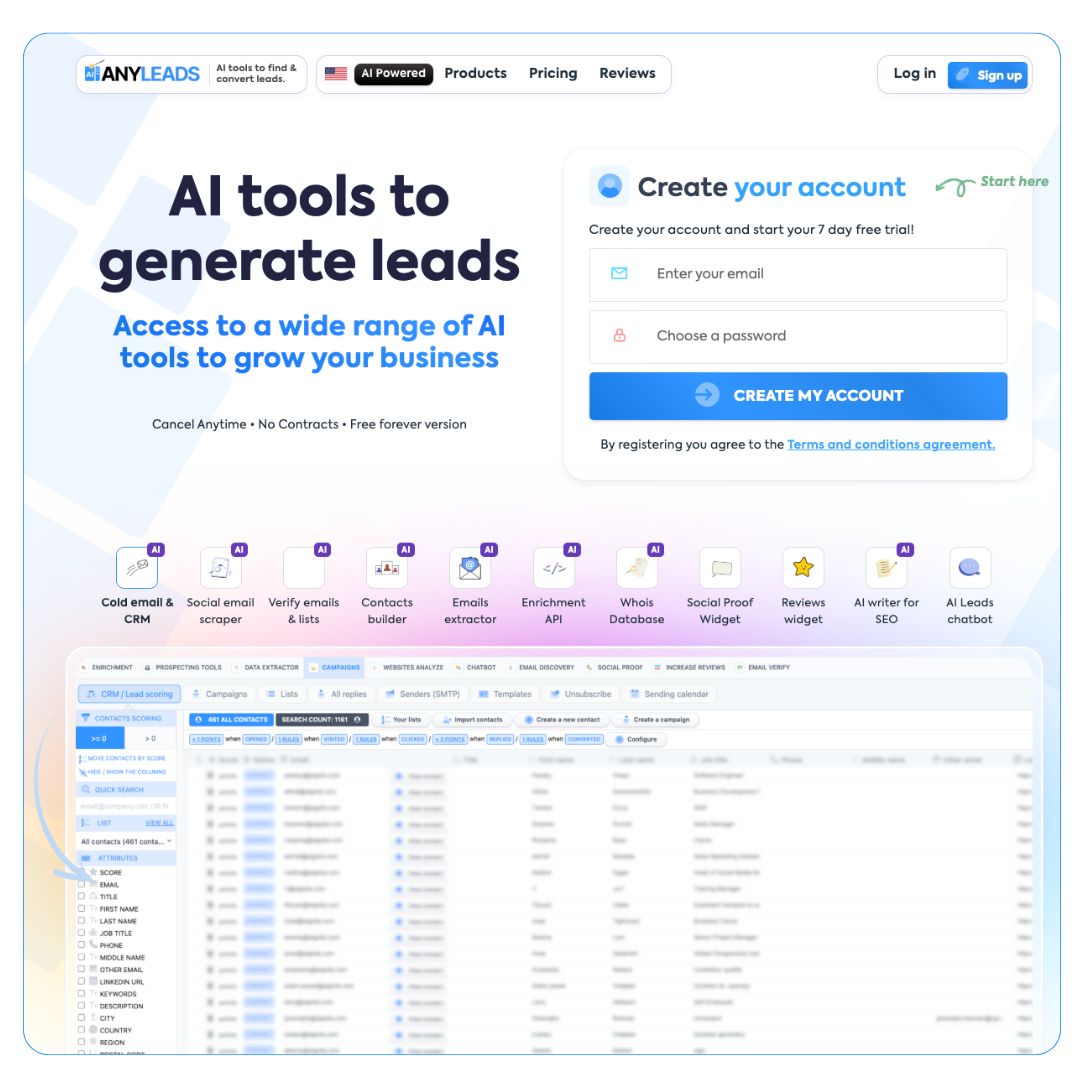 LIMITED SPOTS
All plans are 30% OFF for the first month! with the code WELCOME303
LIMITED SPOTS
All plans are 30% OFF for the first month! with the code WELCOME303

 LIMITED SPOTS
All plans are 30% OFF for the first month! with the code WELCOME303
LIMITED SPOTS
All plans are 30% OFF for the first month! with the code WELCOME303


The world is changing quickly, and technology is playing a huge role in that. From driverless cars to AI-powered home assistants, advances in technology mean we can do more with less effort. It's amazing to think about how far things have come and how much further they could go! But it's also important to remember that technological progress isn't without its risks - from data breaches to privacy concerns to job displacement, the potential downsides of relying on tech are real and must be taken into account. However, if used responsibly and ethically, new technologies can bring us closer together than ever before. So let's embrace the future! But let's do so with caution. After all, the world is still in our hands.
1. Online Learning Platforms. Online learning platforms provide students with the convenience of accessing educational materials from any device, at any time and from anywhere. Examples include:
Blackboard
Moodle
Canvas, etc.
These platforms enable instructors to create interactive content such as:
videos
audio clips
text-based lectures.
They then shared with students on the platform. They also provide tools for assessment and feedback such as quizzes, tests and surveys.
2. Assignment Writing Platforms. Assignment writing platforms allow students to easily access help with their written assignments. Students can receive one-on-one assistance for their assignments from professional writers online who have expertise in various subject areas. A reliable research paper writing service can save you tons of time and boost your grades. This technology makes it easier for students to submit high-quality assignments on time.
3. Video Conferencing. Video conferencing tools enable instructors to host virtual classrooms and facilitate real-time communication with their students from anywhere in the world. These platforms also allow teachers to:
quickly share presentations
create collaborative documents
assign tasks to students.
Popular video conferencing tools include Zoom, Google Meet and Microsoft Teams. You can also use meeting assistant tools like Krisp to take meeting notes, reduce background noise, and make it easier to stay organized during virtual meetings.
4. Online Course Creation Tools. There are a number of online course creation tools available that make it easy for instructors to design engaging courses that are accessible on any device. Examples of these tools include:
Adobe Captivate
Articulate Storyline
Blackboard Learn Ultra.
These provide templates and other features that help instructors create multimedia-rich courses that can be easily shared with students.
5. Learning Management Systems (LMS). Learning management systems (LMS) provide a central repository for storing and managing course content, student data and other resources related to online learning. These systems allow instructors to customize their courses based on the needs of their students and track student progress in real time. Popular LMSs include Blackboard, Canvas, Moodle and Schoology.
6. Online Assessment Tools. Online assessment tools enable instructors to create automated tests and quizzes that can then be assigned to students on the platform. These tools also provide features such as:
graphical analysis of results
question banks
grading capabilities.
They all help make the assessment process easier for instructors. Some popular online assessment tools include Blackboard Learn, Moodle and Canvas Quizzes. Beyond LMS-native quizzes, students can practice full-length AP subjects using AP exams in Knowt's practice test room, which provides free, subject-specific questions, explanations, and progress tracking to strengthen test readiness.
7. Virtual Reality (VR). Virtual reality (VR) has become increasingly popular among educators in recent years as it provides an immersive experience for students. VR can be used to simulate real-world scenarios, allowing learners to visualize and interact with the environment around them. Popular VR platforms for education include:
CoSpaces Edu
Nearpod VR.
8. Augmented Reality (AR). Augmented reality (AR) is another technology that is gaining popularity in education as it helps bring content to life by overlaying digital information on top of physical objects or environments. AR can be used to create interactive learning experiences for students and give them a deeper understanding of the subject matter. Popular AR platforms for education include:
Google Expeditions
Layar
Aurasma.
9. Adaptive Learning Platforms. Adaptive learning platforms are becoming increasingly popular in classrooms as they can personalize instruction based on the individual needs of each student. These platforms use algorithms to adjust content according to the student's performance, allowing instructors to tailor instruction to meet the unique needs of each learner. Popular adaptive learning tools include:
Knewton
Waggle
Smart Sparrow.
10. Social Media. Social media has become an important teaching tool in recent years as it allows instructors to easily share content with their students, facilitate group discussions and provide feedback in an interactive manner. Popular social media platforms for education include Twitter, Facebook Groups and Instagram.
What’s important, one of the features of modern education is not only the availability of various services, programs, and applications for learning but also a large number of reviews. If you check reviews by Hometownstation, you will find the best solution for yourself. The website contains tons of information from students. With this, you’ll not waste time analyzing essay writing services, but immediately see the list of the best.
In conclusion, digital technologies are becoming increasingly important in the field of education. These tools provide a wide range of opportunities for students and teachers alike. They can take advantage of greater access to information, more meaningful and engaging lessons, and a variety of collaboration options.


David C. Santana is an educator. He has over 10 years of experience in teaching and mentoring students from all backgrounds. He takes great pride in giving his students the tools and knowledge to succeed in whatever field they choose.